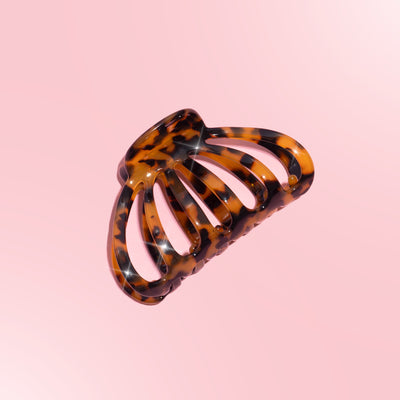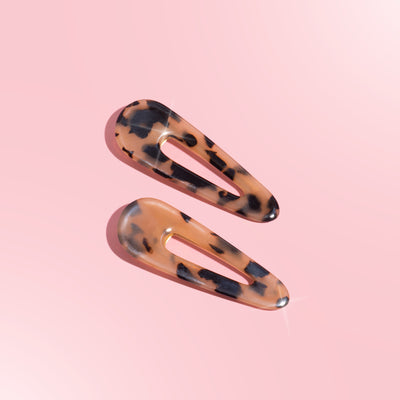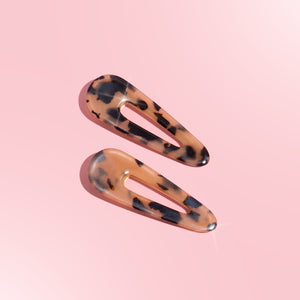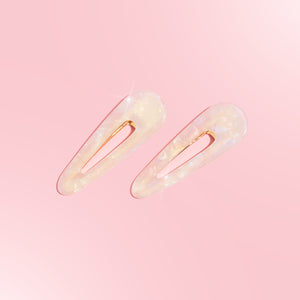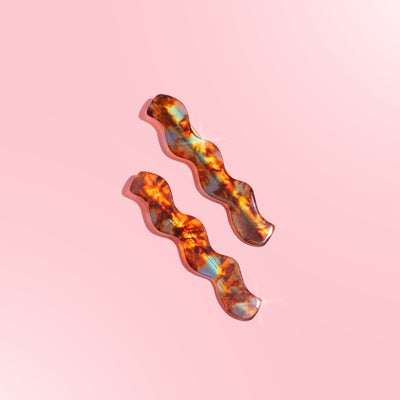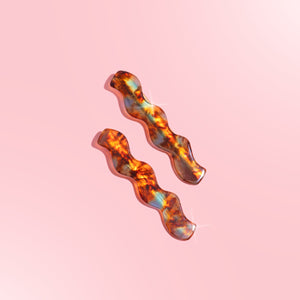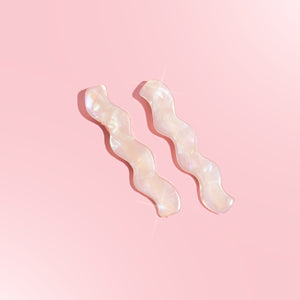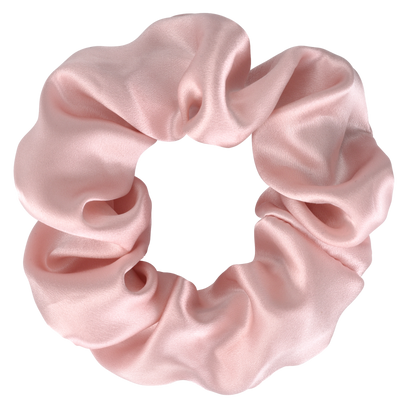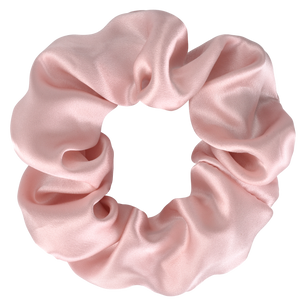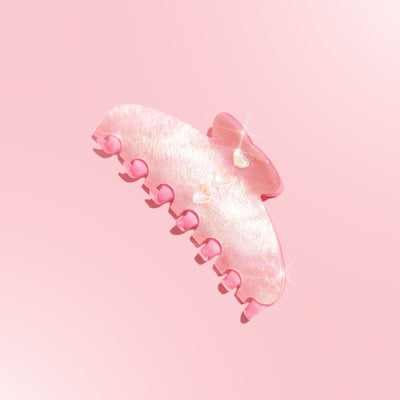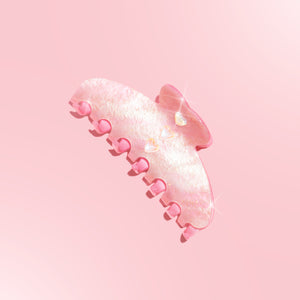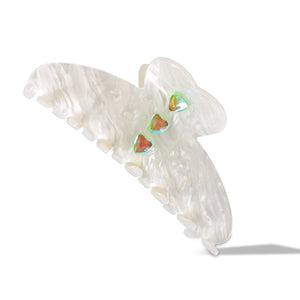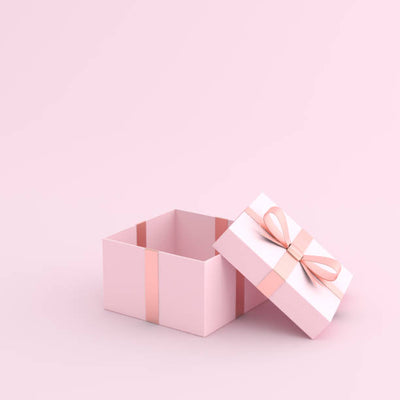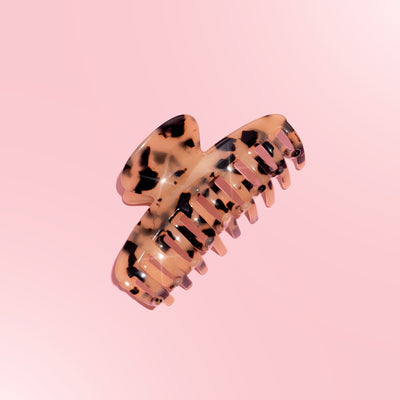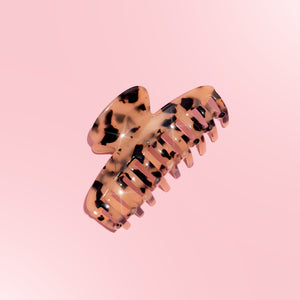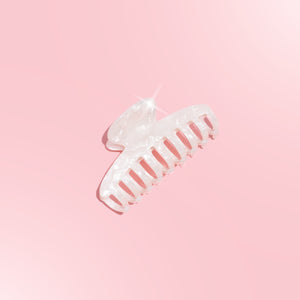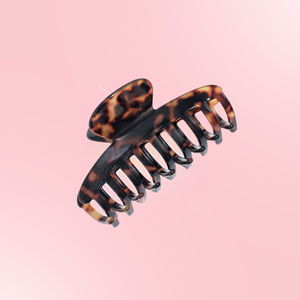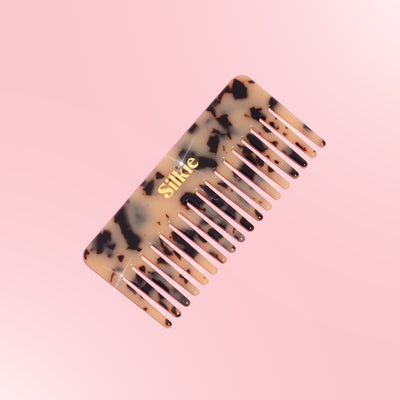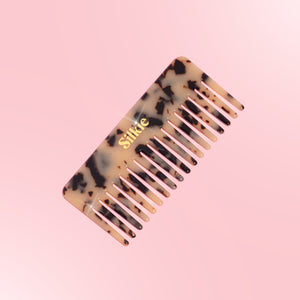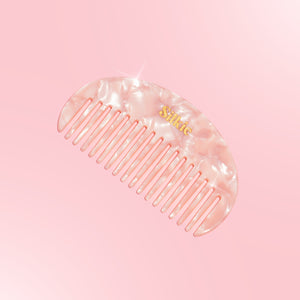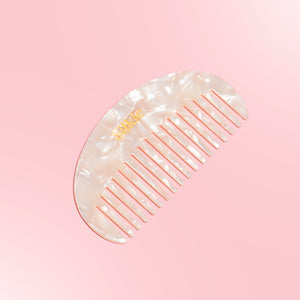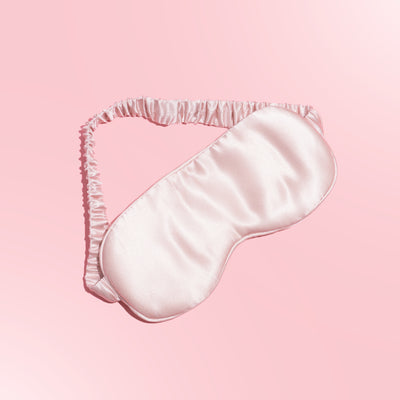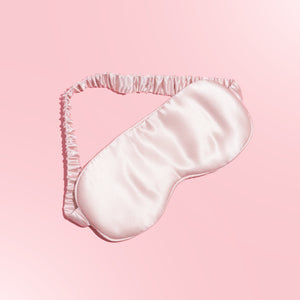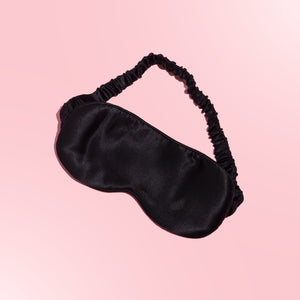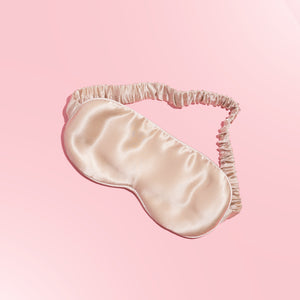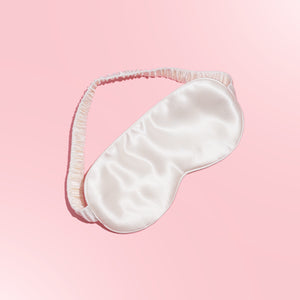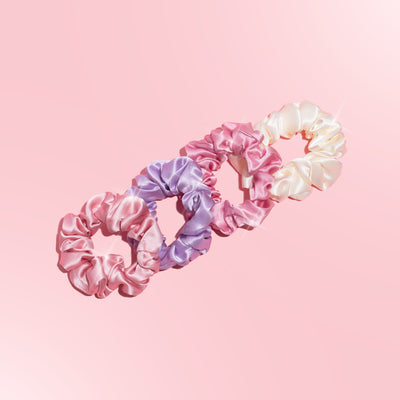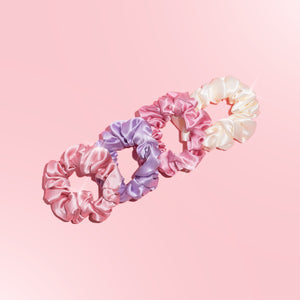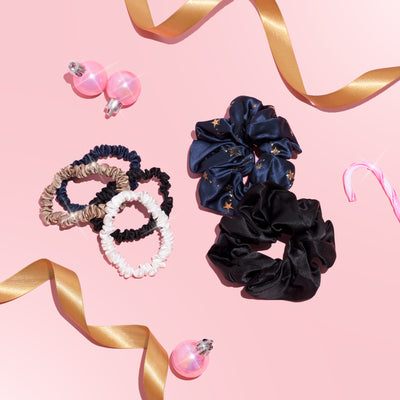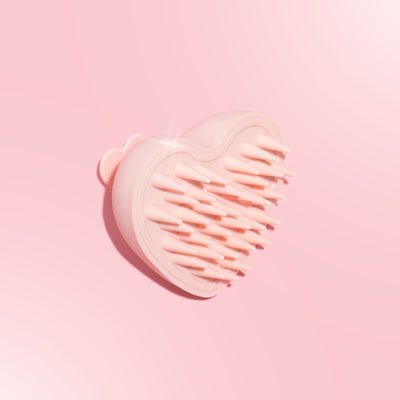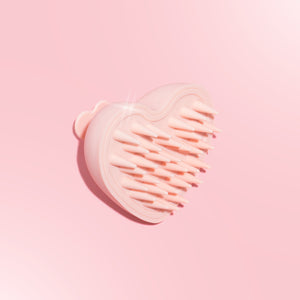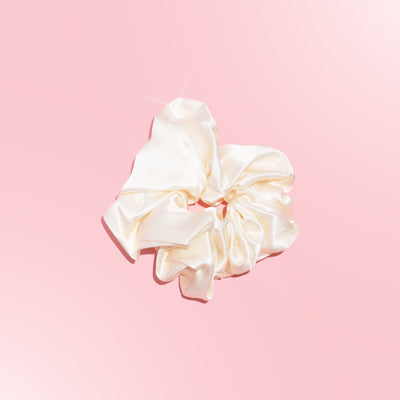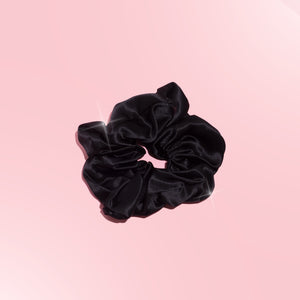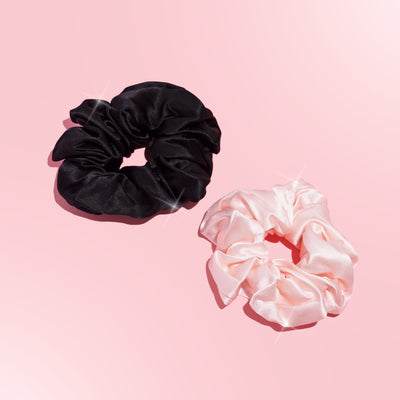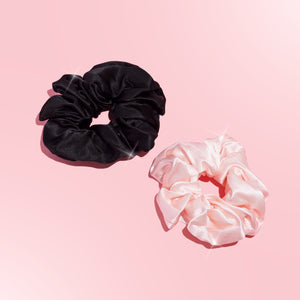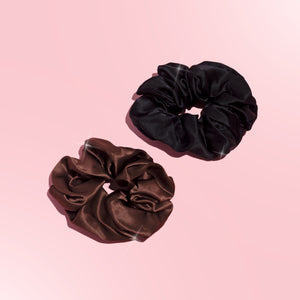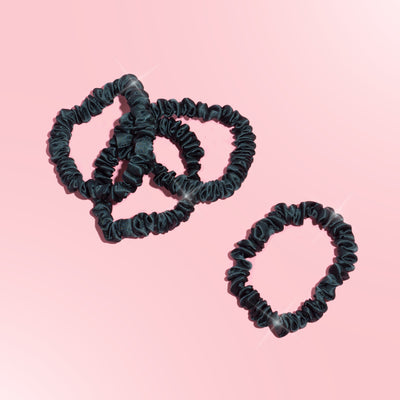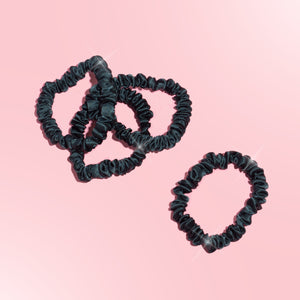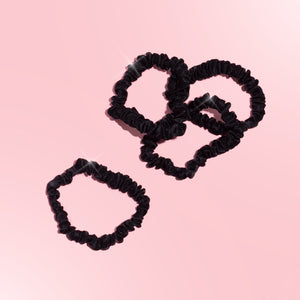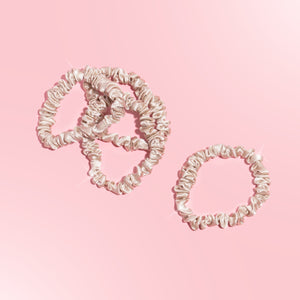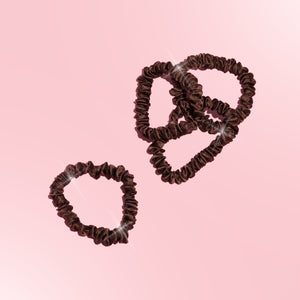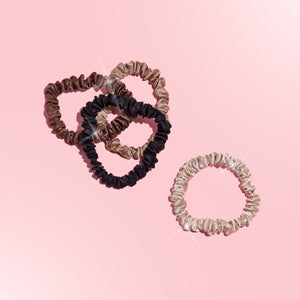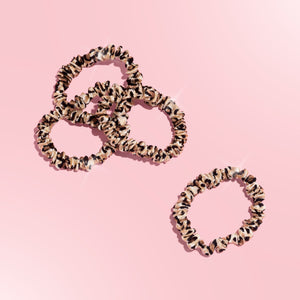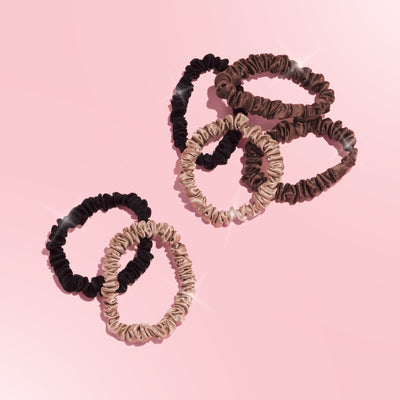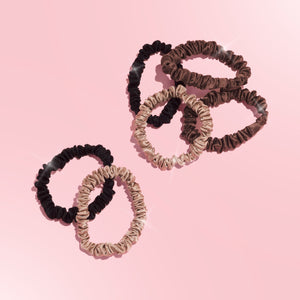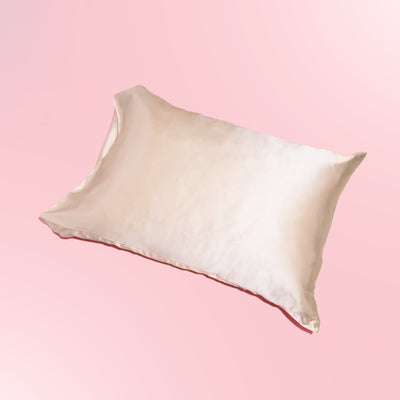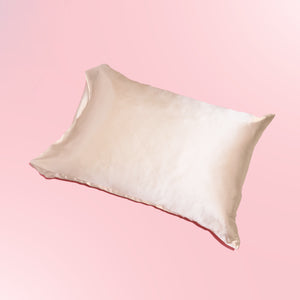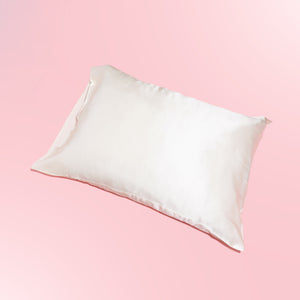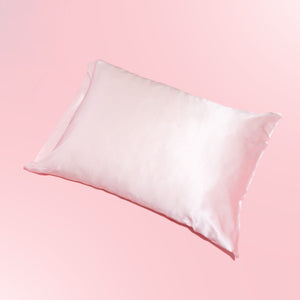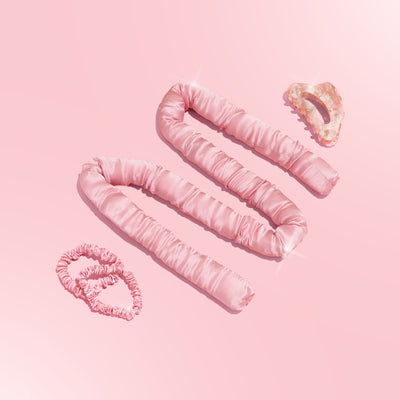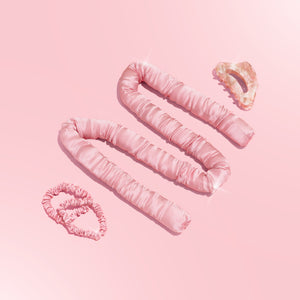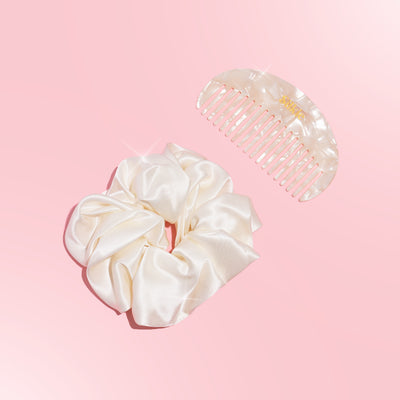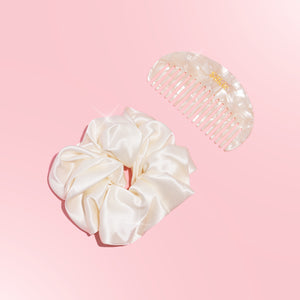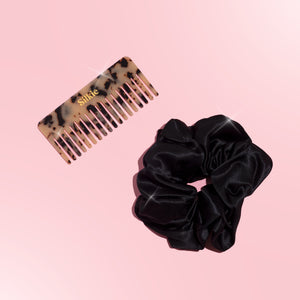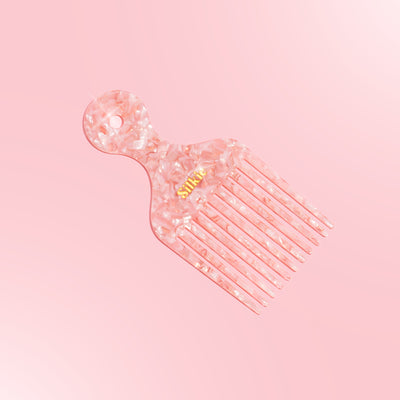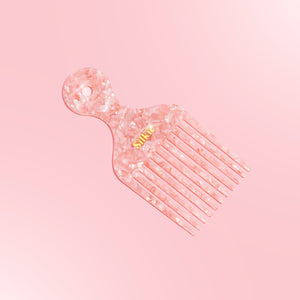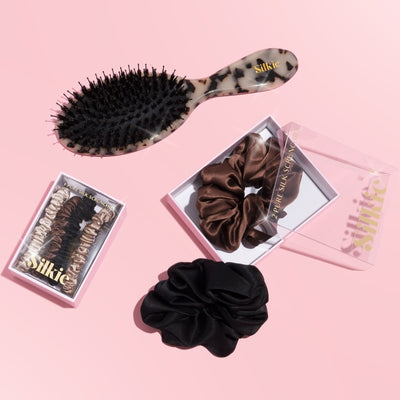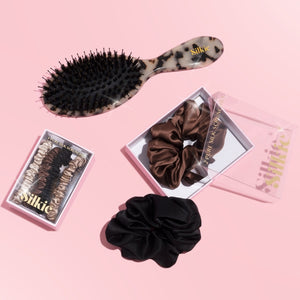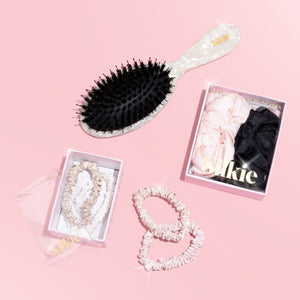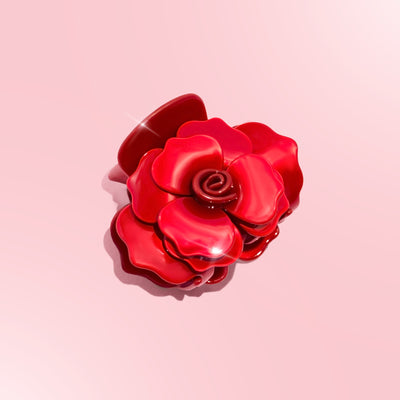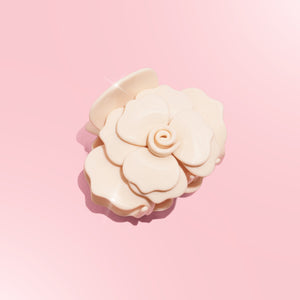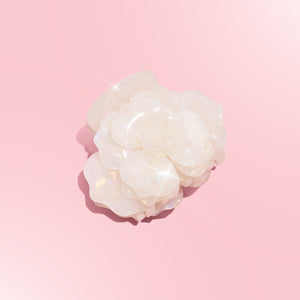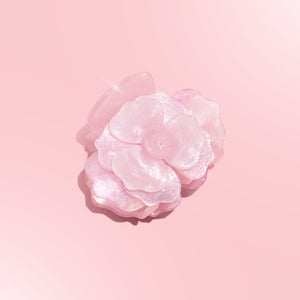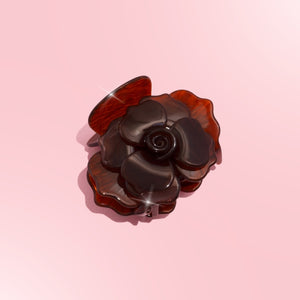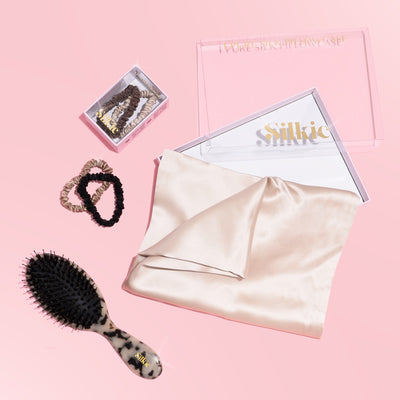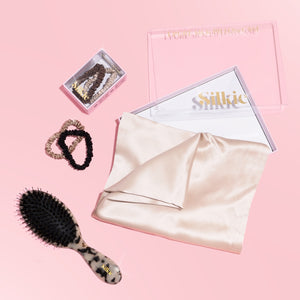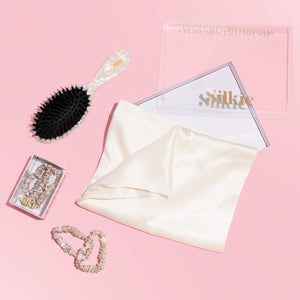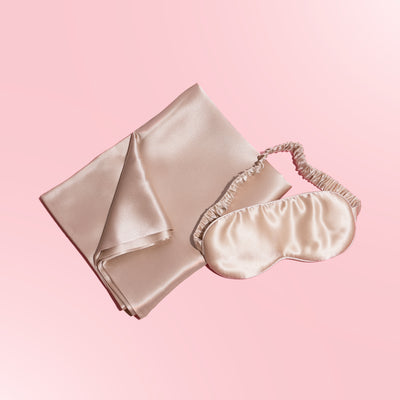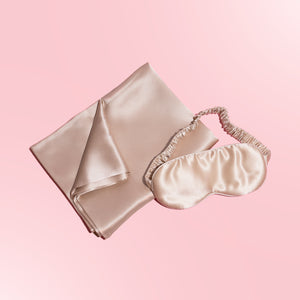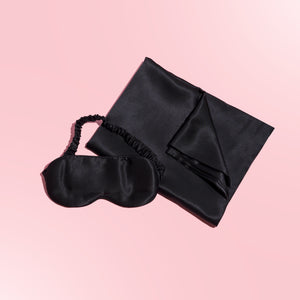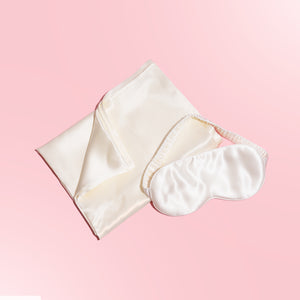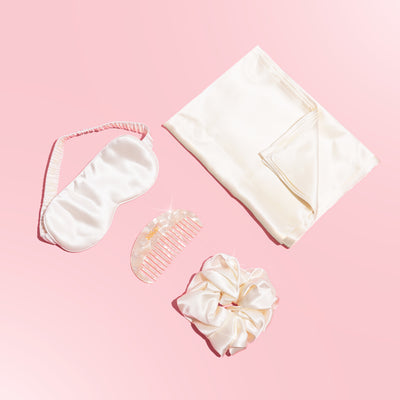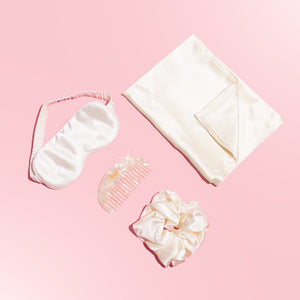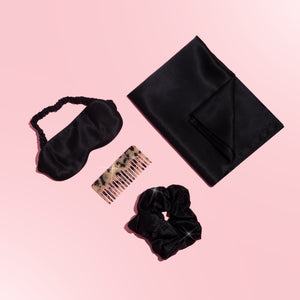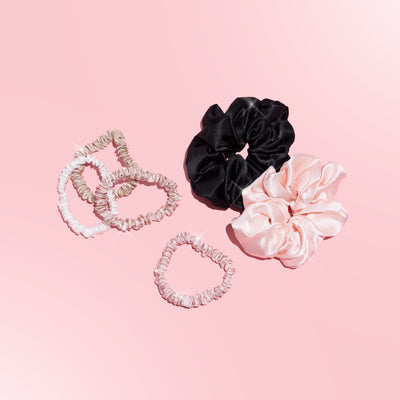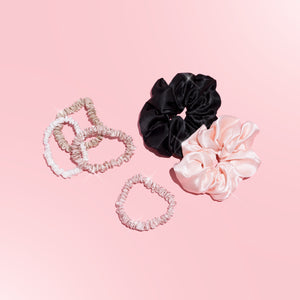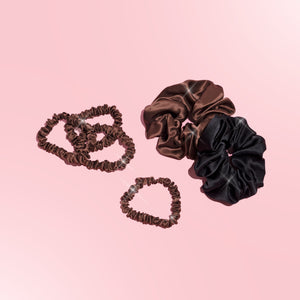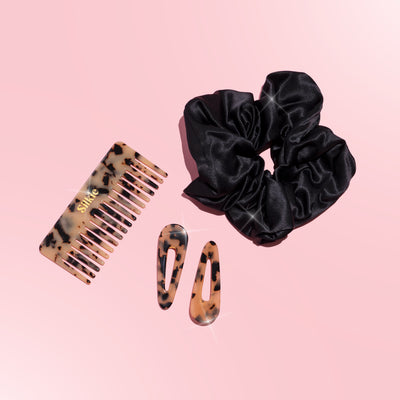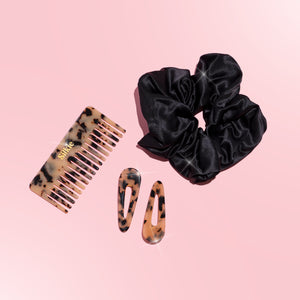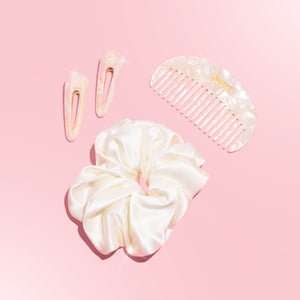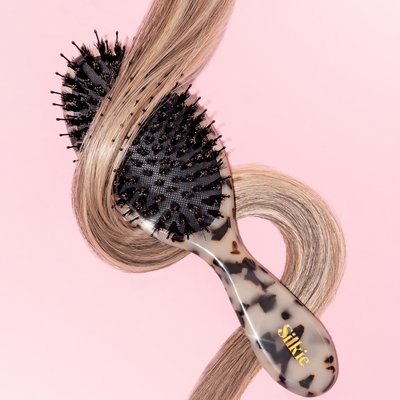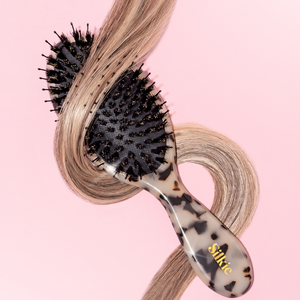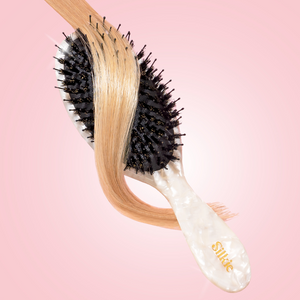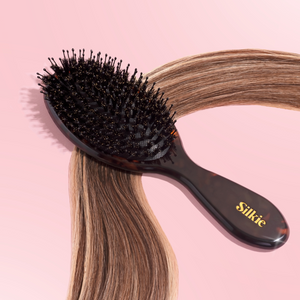Breaking Down Hair Elasticity and Why It Matters
Because understanding your strands is the first step to truly healthy hair.
You’ve probably heard the term hair elasticity tossed around in the beauty world, but what does it actually mean—and why should you care? Here's the truth: hair elasticity is one of the most important signs of your hair’s health, and if your strands are constantly snapping or looking lifeless, it might be time to pay attention.
Let’s break it all down (without breaking your hair, of course).
What Is Hair Elasticity?
Hair elasticity refers to how much your hair can stretch and return to its original shape without breaking. Think of it like a rubber band—healthy hair has bounce and flexibility. When your hair has high elasticity, it’s strong, resilient, and shiny. When it has low elasticity, it’s brittle, dry, and prone to breakage.
This trait is determined by the keratin structure of your hair and its moisture-protein balance.
How to Test Your Hair’s Elasticity
Here’s a quick test you can do at home:
-
Take a wet strand of hair.
-
Gently stretch it between your fingers.
-
Observe what happens.
The results:
-
If the strand stretches slightly and returns to its original length, congrats—your hair has good elasticity.
-
If it stretches a lot before breaking, your hair might be over-moisturized and lacking protein.
-
If it snaps quickly without stretching, it’s likely dry and in need of moisture.
Why Hair Elasticity Matters
Elasticity is a direct reflection of hair health. It affects everything from how well your hair holds styles to how prone it is to breakage, especially during heat styling, brushing, and chemical treatments.
Here’s why it matters:
-
Prevents breakage: Strong, elastic hair can withstand tension from styling tools and brushing.
-
Promotes growth retention: Healthy hair doesn’t break as easily, so you’ll notice longer hair over time.
-
Enhances bounce and shine: Elasticity gives hair that lively, soft feel we all love.
-
Improves styling performance: Hair with good elasticity holds curls, braids, and volume better.
What Causes Loss of Hair Elasticity?
-
Heat damage from straighteners, curlers, or blow dryers
-
Chemical treatments like bleaching, perming, or relaxing
-
Lack of moisture or protein in your hair routine
-
Over-washing or using harsh shampoos
-
Rough detangling or tight hairstyles
How to Improve Hair Elasticity
1. Use a Silk Hair Brush
A silk-bristled or gentle detangling brush (like Silkie’s Detangling Hair Brush) helps minimize mechanical damage that leads to breakage and weakened strands.
2. Swap to Silk Scrunchies
Tight elastics can cause unnecessary stress on fragile hair. A Silkie silk scrunchie is gentle, non-damaging, and actually helps preserve elasticity by reducing friction.
3. Incorporate Moisture + Protein
Your hair needs both. Deep condition weekly with products that offer hydration, and once or twice a month, use a protein treatment to strengthen your strands.
4. Avoid Over-Manipulation
Brush gently, avoid excessive heat styling, and limit tight ponytails. The more stress your hair experiences, the weaker the structure becomes.
5. Sleep on a Silk Pillowcase
Cotton can pull moisture and cause friction overnight. A Silkie silk pillowcase maintains hydration and reduces breakage while you sleep—your strands will thank you.
Final Takeaway: Elasticity = Healthy Hair
If you're serious about improving your hair health, understanding and caring for its elasticity is non-negotiable. It’s the secret behind hair that doesn’t just look good—but actually is strong, hydrated, and full of life.
And that’s the Silkie way—intentional care for strands that shine naturally.
Protect your hair’s elasticity with Silkie’s gentle, silk-infused essentials.
Explore the collection now at 👉 www.shopsilkie.com
